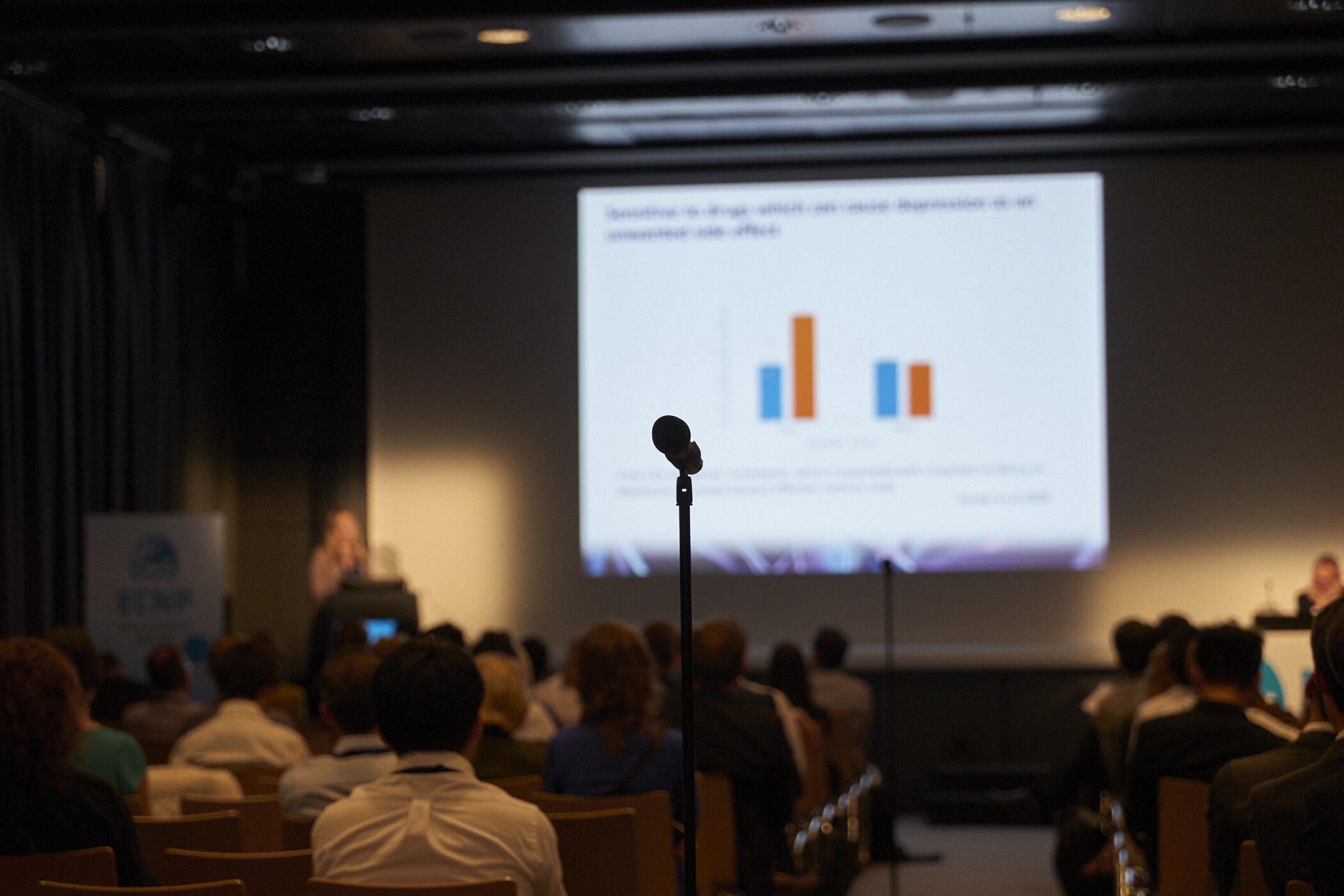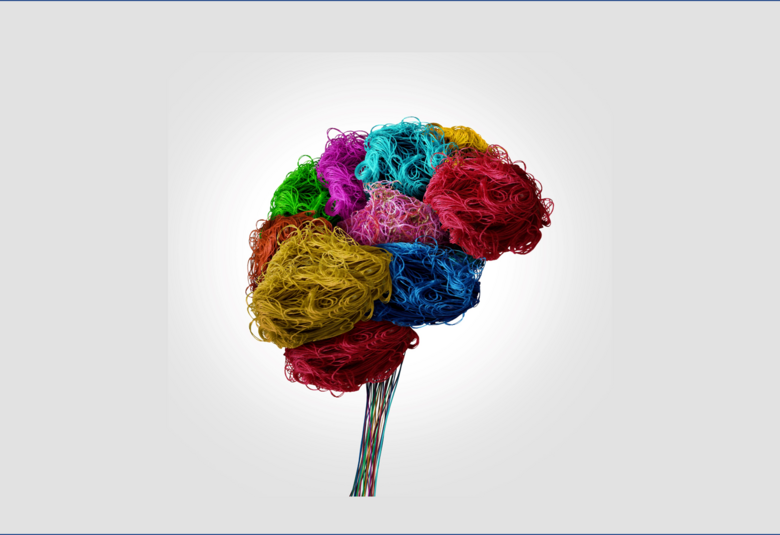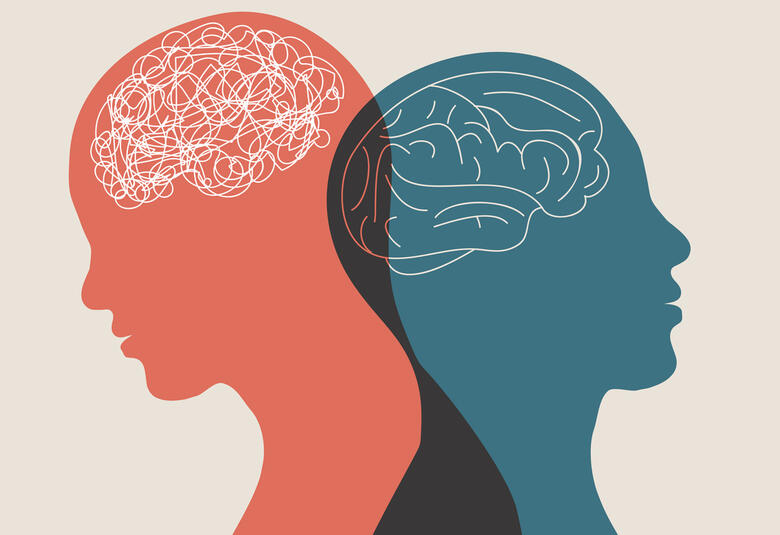Instead of assigning patients with psychosis to diagnostic categories, we might concentrate on the symptom of psychosis itself. And we could also look at processing of emotional stimuli as a predictor of response in depression. Such changes in approach might bring much-needed innovation in drug development to psychiatry which in recent years has lagged behind other areas of medicine.
Would it be better to look at biomarkers related to a specific symptom, rather than a diagnosis, when trying to understand psychopathology?
Even after we had investigated all the phenotypic biomarkers we could think of, none discriminated between the three diagnostic groups, Dr Tamminga said
This was the question posed by Carol Tamminga (University of Texas, Dallas, USA) and colleagues in the Bipolar and Schizophrenia Network on Intermediate Phenotypes (BSNP); and it led to the fruitful decision to initiate a research project on people with psychosis.
Opportunistic biotyping
The BSNP initiative included patients who shared psychotic symptomatology but were selected from a number of diagnoses: schizophrenia, schizoaffective disorder and bipolar disorder with psychosis. In the search for biomarkers, phenotype was comprehensively investigated in almost a thousand patients and more than a thousand relatives, together with controls.
Analysing phenotype across diagnoses revealed three distinct biotypes
The overall conclusion was that no marker could reliably distinguish between the three diagnostic groups. So the researchers decided to pool the data. What emerged was three distinct biotypes, which spanned the diagnoses.
Biotype 1 patients had substantial and widespread decrease in cortical volume, very poor cognition, and many negative symptoms.
Biotype 2 had decreased cortical volume that was confined to the fronto-temporal region, and less cognitive deficit.
Biotype 3 had relatively normal cognition but a history of high cannabis use.
People with major depressive disorder pay increased attention to and have a better memory for negative emotional stimuli. This bias has a neural correlate in amygdala activation seen on fMRI
The emergence of these three phenotypes could have important implications for care management, Dr Tamminga suggested.
Biased emotional processing a biomarker
In major depressive disorder (MDD), reduction in biased attention to negative emotional stimuli indicates that, at a very early stage, treatment can have a helpful effect, and it predicts subsequent clinical response, according to data presented by Catherine Harmer (University of Oxford, UK). This phenomenon is seen both with verbal cues and in the processing of facial expressions.
Research indicates that the treatment of depression can quickly change information processing in a positive direction. The gradual change in clinical symptoms that results probably requires interaction with the real-life social and emotional environment.
Correlates in brain function
Changes in emotional processing appear before clinical improvement in MDD
Functional MRI (fMRI) studies have shown that in patients with depression, the amygdala is unusually reactive to stimuli such as a face expressing fear. This suggests that the brain prone to depression is treating negative experiences as more deserving of attentional resources than positive ones. A week’s treatment with antidepressants normalizes the over-responsiveness seen on fMRI. And this normalization predicts clinical response at six weeks.
Informing physicians about early changes in emotional processing in individual patients could aid therapeutic decision making. A Europe-wide study is now examining this approach.





